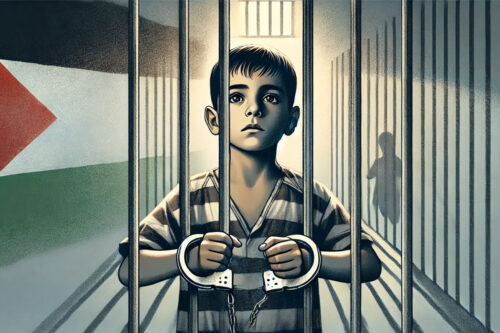Gaza children: drawings of trauma
Imagine that you live in Gaza. You’re one of the 1.8 million people living in a 360 km2 strip of land and the likelihood is that you are a refugee. This tiny area that you are barricaded in has been subjected to nine invasions since 1948, and in the last eight years alone, the place you call home has been violently attacked three times, killing thousands of people- including your friends or family.
This experience would leave anyone feeling severely traumatised and in need of specialist psychological help, and sadly, this is the case for thousands of children trapped in the Gaza Strip. In fact, every child under the age of 15 in Gaza has experienced up to 4 major conflicts and is likely to be in need of psychological support.
In a study carried out in 2012 by the Palestine Trauma Centre, it was estimated that 88% of children in Gaza were suffering from trauma. Since the 2014 Gaza assault, this figure will be significantly higher.
During an attack, children not only experience severe injuries, they also suffer from the shock of witnessing the death of a friend or family member and the gruesome injuries of others, as well as sustained explosions, bombs and shelling.
Even when not under direct attack, children continue to suffer from insecurity. Every day, they face the constant sound of overhead drones, they struggle with the debilitating occupation and they suffer from continued displacement. Sadly, there remains no retreat to safety for thousands of traumatised children.
In fact, ‘post’ traumatic stress is the wrong way to put it in Gaza, because there is no cessation to children’s traumatic experiences. Their trauma is continued, it is chronic and it is endemic. James Gordon, a psychiatrist working in Gaza, has spoken of the severity and prevalence of trauma among children:
“When I ask children and adults whether they have trouble sleeping, all hands go up. Just about everyone has regular nightmares of bombs falling, tanks roaring toward them, body parts lying in the street, children buried under rubble, screaming for help that never comes.”
Children suffering from chronic trauma experience a range of symptoms, including sleep disturbances, flashbacks, feelings of insecurity, feelings of loneliness, nightmares, nervousness, anxiety, bedwetting, aggressive behaviour, depression, poor academic performance, headaches, stomach-aches, hypochondriasis and much more.
Treatment is not easy because symptoms are exacerbated by severe poverty and a lack of resources among families, which is almost always the case in Gaza. Conflict breaks down the security of the family structure that children need to develop a sense of safety in the recovery process, which is often impossible to attain when a family is also dealing with bereavement, displacement and physical injuries.
For these very reasons Interpal supports the Palestine Trauma Centre, which began working in Gaza with the aim to provide psycho-social therapy to children in desperate need of support.
They recently sent us some drawings of their young beneficiaries, which we have chosen to share with you today, just over one year on from the 2014 Gaza assault. These heartbreaking drawings clearly show that recovery from their trauma will be slow.
Interpal are committed to supporting the well-being of children and young adults in Gaza, and for this reason we support organisations like the Palestine Trauma Centre. The work of the PTC is invaluable and is a real show of community support, selflessness and resilience. To learn more about the Palestine Trauma Centre, please visit www.ptcuk.org.










#PalestineFacts
Calculate your Zakat
Confused about how to calculate your Zakat? Try our simple-to-use calculator


![Fighters from Israel's pre-state militia occupying the village of Deir Yassin, April 1948 [IDF archive / Wikimedia]](http://www.interpal.org/wp-content/uploads/2025/04/Jewish_militias_in_the_village_of_Deir_Yassin_April_1948_cropped_and_edited-e1745166391491-500x333.jpg)
![A Palestine protest in London on May 15th 2021 [Ehimetalor Akhere Unuabona / Unsplash]](http://www.interpal.org/wp-content/uploads/2024/08/ehimetalor-akhere-unuabona-33W7GNRkUA0-unsplash-500x333.jpg)
